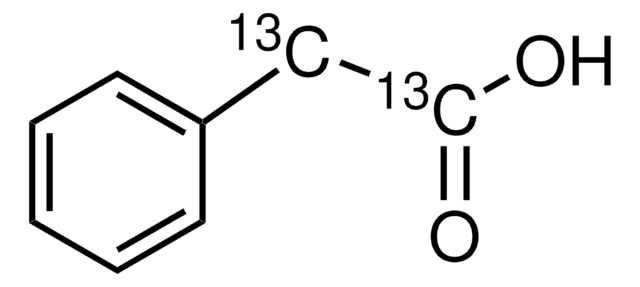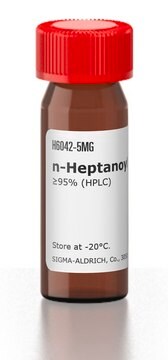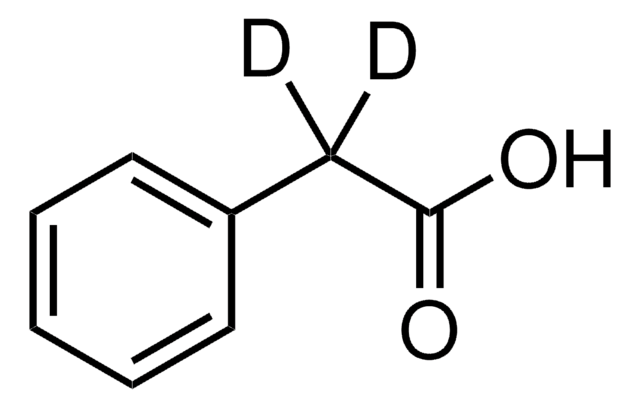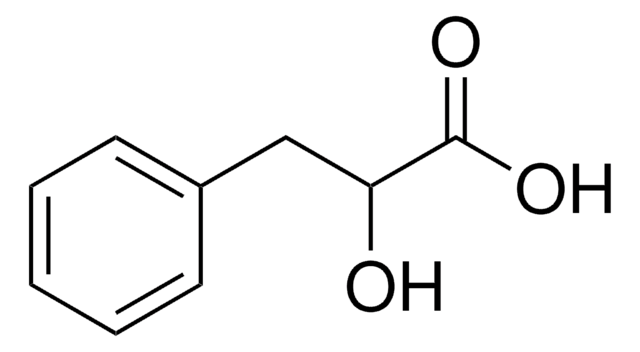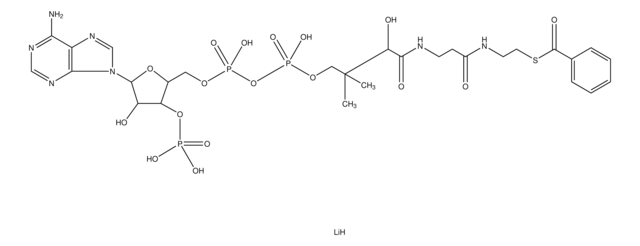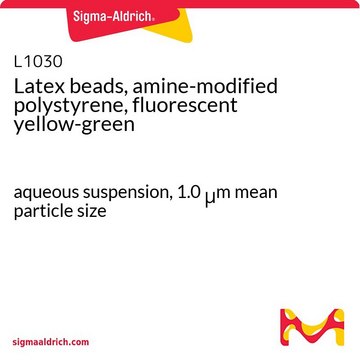P2153
Phenylacetyl coenzyme A lithium salt
~95%
About This Item
Prodotti consigliati
Saggio
~95%
Livello qualitativo
Stato
powder
Temperatura di conservazione
−20°C
Stringa SMILE
[Li].CC(C)(COP(O)(=O)OP(O)(=O)OCC1OC(C(O)C1OP(O)(O)=O)n2cnc3c(N)ncnc23)C(O)C(=O)NCCC(=O)NCCSC(=O)Cc4ccccc4
InChI
1S/C29H42N7O17P3S.Li.H/c1-29(2,24(40)27(41)32-9-8-19(37)31-10-11-57-20(38)12-17-6-4-3-5-7-17)14-50-56(47,48)53-55(45,46)49-13-18-23(52-54(42,43)44)22(39)28(51-18)36-16-35-21-25(30)33-15-34-26(21)36;;/h3-7,15-16,18,22-24,28,39-40H,8-14H2,1-2H3,(H,31,37)(H,32,41)(H,45,46)(H,47,48)(H2,30,33,34)(H2,42,43,44);;
BYSZOQQABOXIQX-UHFFFAOYSA-N
Applicazioni
Codice della classe di stoccaggio
11 - Combustible Solids
Classe di pericolosità dell'acqua (WGK)
WGK 3
Punto d’infiammabilità (°F)
Not applicable
Punto d’infiammabilità (°C)
Not applicable
Dispositivi di protezione individuale
Eyeshields, Gloves, type N95 (US)
Scegli una delle versioni più recenti:
Certificati d'analisi (COA)
Non trovi la versione di tuo interesse?
Se hai bisogno di una versione specifica, puoi cercare il certificato tramite il numero di lotto.
Possiedi già questo prodotto?
I documenti relativi ai prodotti acquistati recentemente sono disponibili nell’Archivio dei documenti.
Il team dei nostri ricercatori vanta grande esperienza in tutte le aree della ricerca quali Life Science, scienza dei materiali, sintesi chimica, cromatografia, discipline analitiche, ecc..
Contatta l'Assistenza Tecnica.
